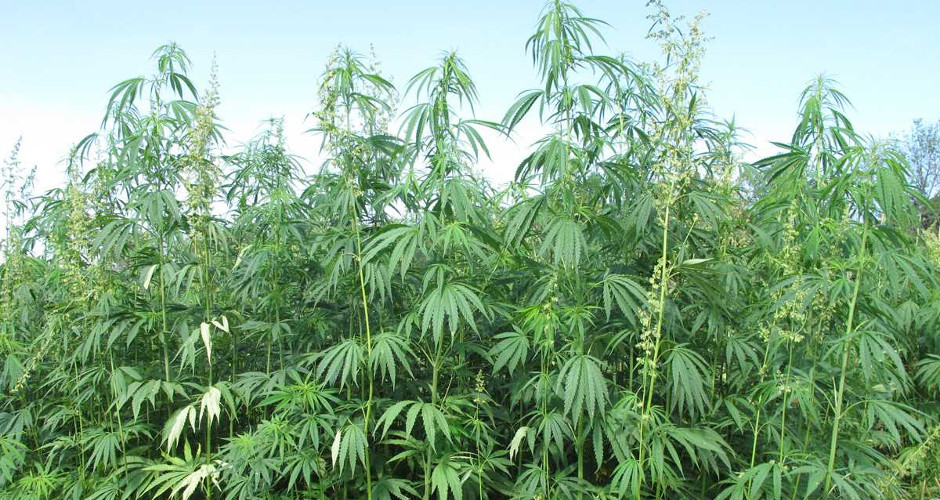Information Provided by Christy Zito
This past week in Agricultural Affairs we heard a presentation on the beneficial uses of industrial hemp. There is a distinct difference between this crop and the plant used to achieve a recreational high. The difference is like comparing a tomato plant to a nightshade plant. They are of the same family however vastly different. I asked the Erik Nelson if he would prepare a brief that I could share explaining more about industrial hemp. I find it fascinating and wanted to share it with you. Thank you, Eric, for your hard work and intelligent discussion of the facts.
Hemp is a crop that is part of American history. The first flag was made of hemp; so were drafts of the Constitution. Hemp has many uses, including crop sustainment, cattle feed, and renewable textile. Unlike marijuana, hemp cannot be used illegally to get ‘high’. America imports $500 million per year in hemp products from overseas.
Hemp grows 6-15′ tall in a season and yields nearly three tons of straw/acre. It requires a minimum of 12″ of water per acre. Harvesting equipment is akin to corn or soybeans. It is very hardy and resistant to insects and disease.
Hemp seeds are a superfood. 30% protein and containing all 20 amino acids, these seeds are great for people and livestock alike. Hemp-fed cattle produce near-maximum milk yield. Hemp is easy to grow and produce on even a small acreage of land, with minimal fertilizer requirements.
Experiments with oils made from the resin have shown significant success in treating pain and inflammation. Called ‘CBD Oil’, this compound can be easily extracted from the leaves as a cheap, non-toxic pain reliever. Unlike marijuana, hemp has very low levels of THC, the ‘psychoactive’ compound. Hemp does contain many of the essential compounds called cannabinoids that help address inflammation, nervous system disorders, and chronic pain.
Under the 2014 Farm Bill, it is legal to grow hemp in Idaho if a farmer partners with an Idaho-sponsored research group. Hemp may be a viable crop for farmers in drought areas or needing a crop for field rotation. It is also useful for farmers trying to revive or protect contaminated brownfields. Farmers can net $200 profit (or more) per acre with hemp under peak growing conditions.
The largest obstacle is that Idaho Code mistakenly classifies hemp as being the same as marijuana. Contact your Legislators. Tell them to amend Title 37. Idaho’s farmers deserve to grow hemp again and be competitive in this emerging agricultural crop. A strong show of support will help Idaho’s agriculture for decades to come.
— Erik Nelson
Mr. Nelson, a retired veteran, first began investigating Hemp as part of research into the use of cannabis oils for treating PTSD and related symptoms. Mr. Nelson is married to Dr. Julia Burdge. Julia graduated from the University of Idaho with a PhD in analytical chemistry and is the author of three chemistry textbooks.
Bills are working their way through committees faster now, keep up with them on www.growingfreedomidaho.com When you read something that interests you or you have suggestions please don’t hesitate to let me know, 208-590-4633. Email: Czito@house.idaho.gov, or on Facebook. It is a pleasure to represent your voice in our state government.


